Where to See
| Species Group | Dragonflies |
|---|---|
| Scientific Name | Cordulia aenea |
| Status & Distribution | It has a scattered distribution from Devon to the highlands of Scotland, although it has a stronghold in the south-east of England.
|
| Habitat | A pond within or close to deciduous woodland with scattered bankside trees, sparse stands of emergent vegetation and a carpet of leaf litter on the pond floor will offer the best conditions for breeding.
|
| Flight Period |   |
| Adult Identification |
|
| Larval Information | Emerald Dragonfly larvae have a squat spider-like body-shape similar to Chaser, Skimmers and Darters, but significantly longer back legs. 22-25mm. Two dark stripes on the side of the thorax. Dorsal spines on the abdomen not as large as that of Brilliant Emerald. |
| Threats |
|
| Management | Downy Emerald Management Profile General management principles include undertaking survey and research work, careful habitat management ensuring sites are not over managed, and maintenance of water levels. There are also best practice guidelines for managing inhabited sites, including physical habitat management, management of aquatic and terrestrial vegetation and habitat restoration and recreation. |
| Similar Species | The Brilliant Emerald and Northern Emerald are similar but not as hairy. |
| Case Study | Management has been undertaken at Burnham Beeches 'Top Pond' with the aim of controlling the growth of Bogbean and expanding suitable habitat for the Downy Emerald. |

